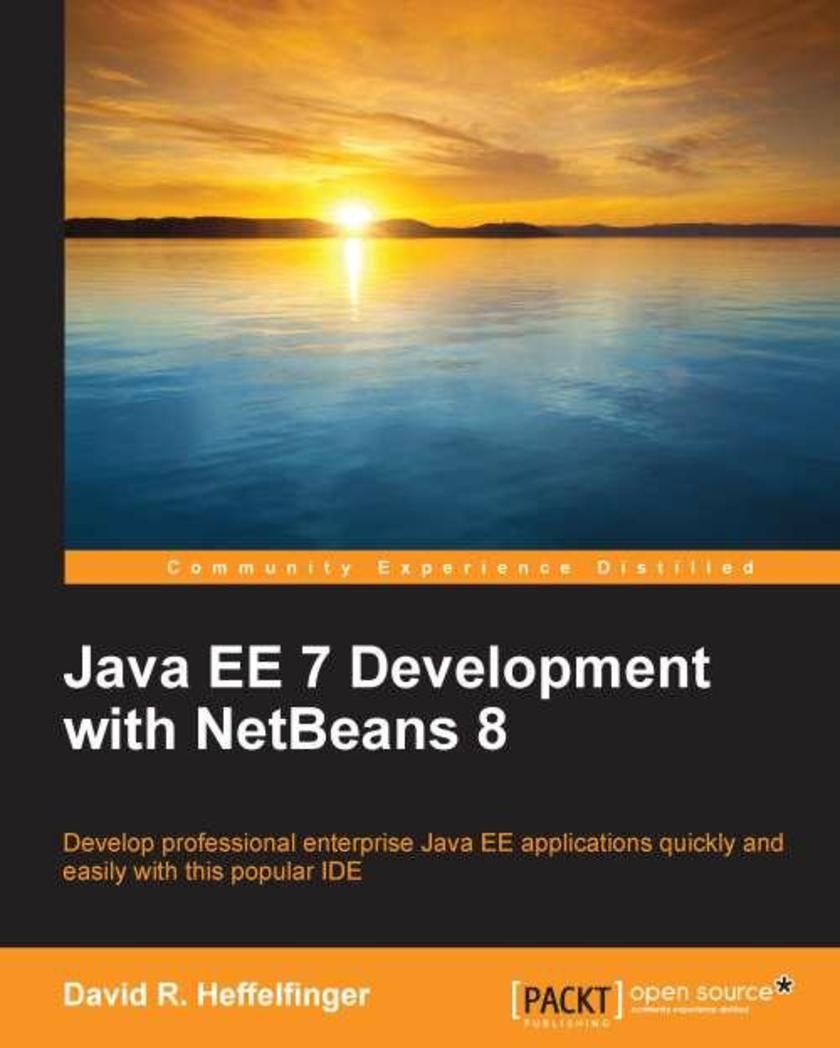
Java EE 7 Development with NetBeans 8
¥90.46
The book is aimed at Java developers who wish to develop Java EE applications while taking advantage of NetBeans functionality to automate repetitive tasks. Familiarity with NetBeans or Java EE is not assumed.
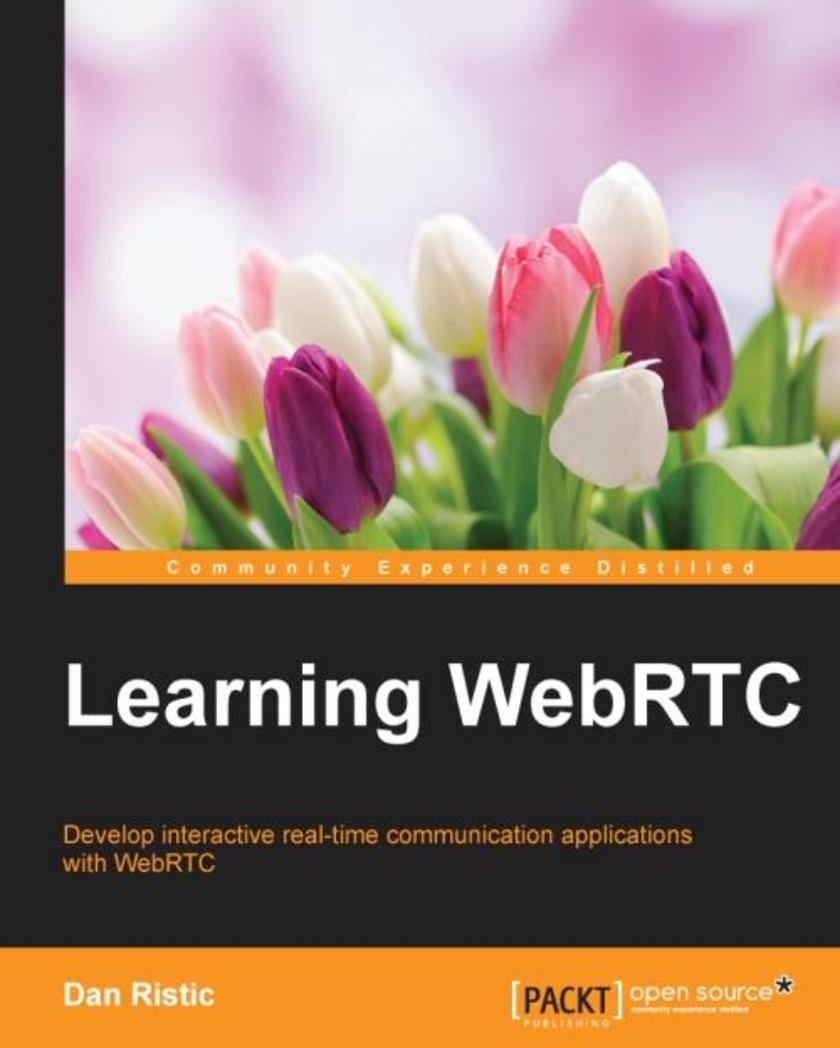
Learning WebRTC
¥54.49
If you are a web developer who wants to create well designed WebRTC applications for your users, this is the book for you. Even if you are early in your web development career, this book aims to provide a complete understanding of the WebRTC API. It is assumed that you have previous exposure to web development using HTML5 and JavaScript technologies.
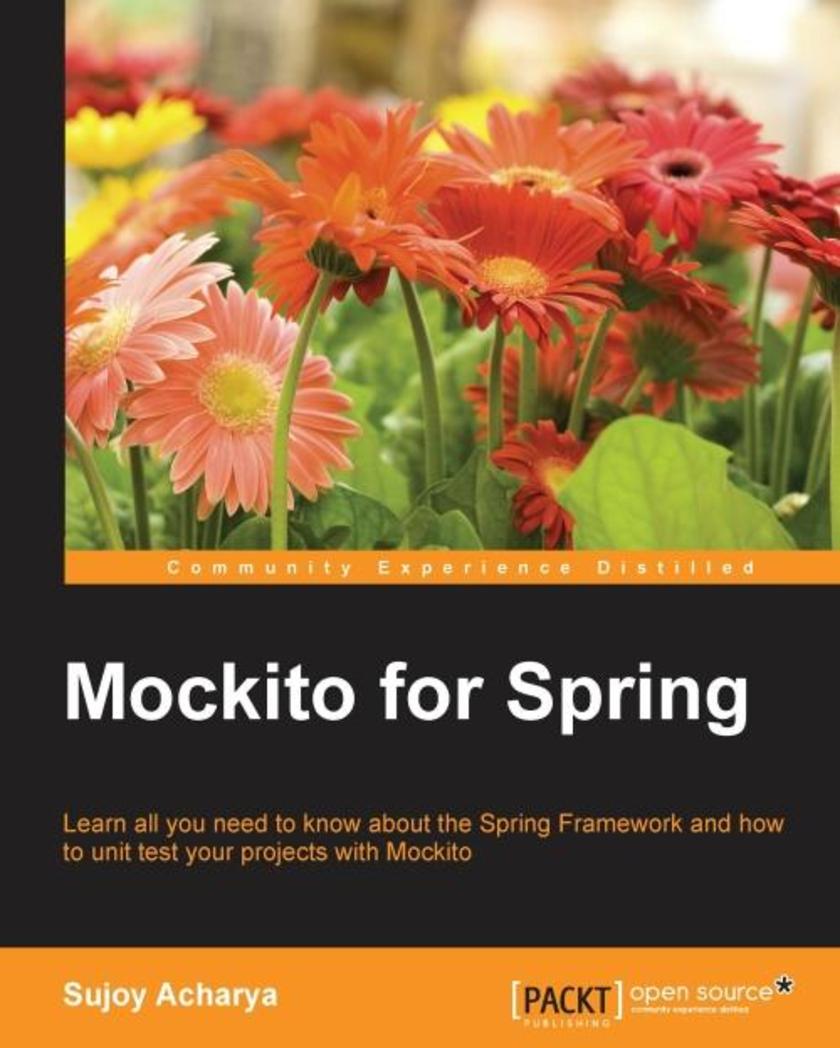
Mockito for Spring
¥45.77
If you are an application developer with some experience in software testing and want to learn more about testing frameworks, then this technology and book is for you. Mockito for Spring will be perfect as your next step towards becoming a competent software tester with Spring and Mockito.
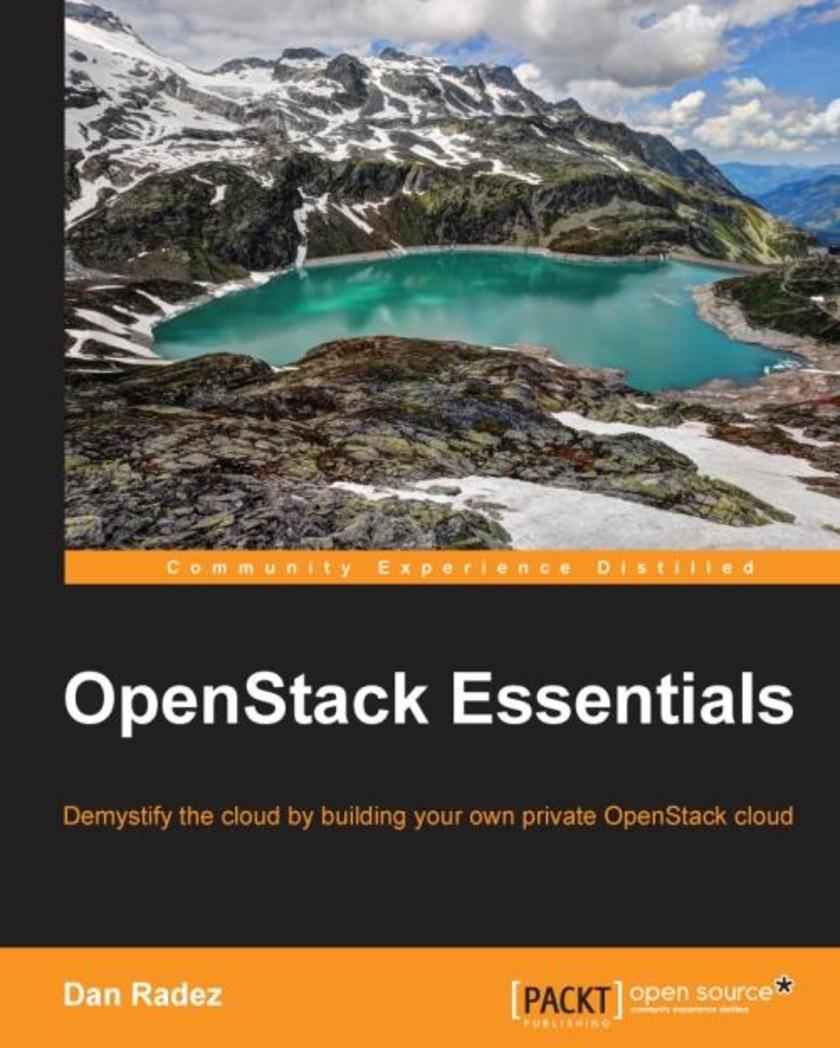
OpenStack Essentials
¥54.49
If you need to get started with OpenStack or want to learn more, then this book is your perfect companion. If you're comfortable with the Linux command line, you'll gain confidence in using OpenStack.
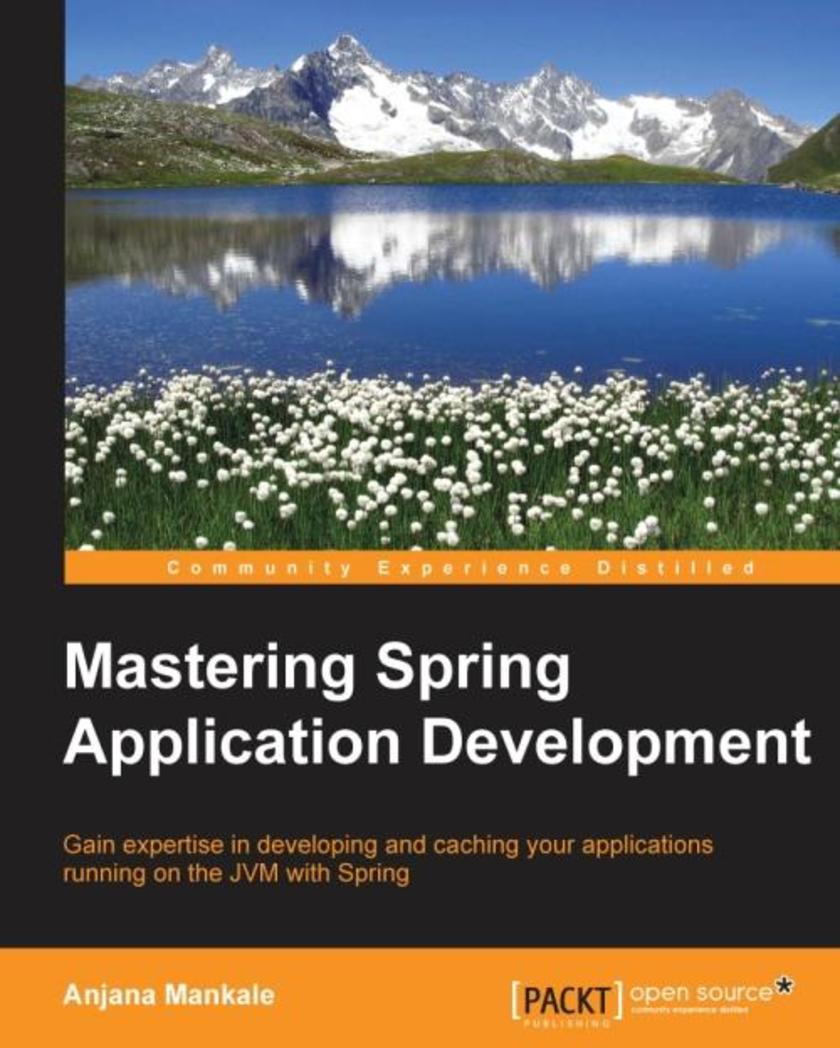
Mastering Spring Application Development
¥80.65
If you are a Java developer with experience in developing applications with Spring, then this book is perfect for you. A good working knowledge of Spring programming conventions and applying dependency injections is recommended to make the most of this book.
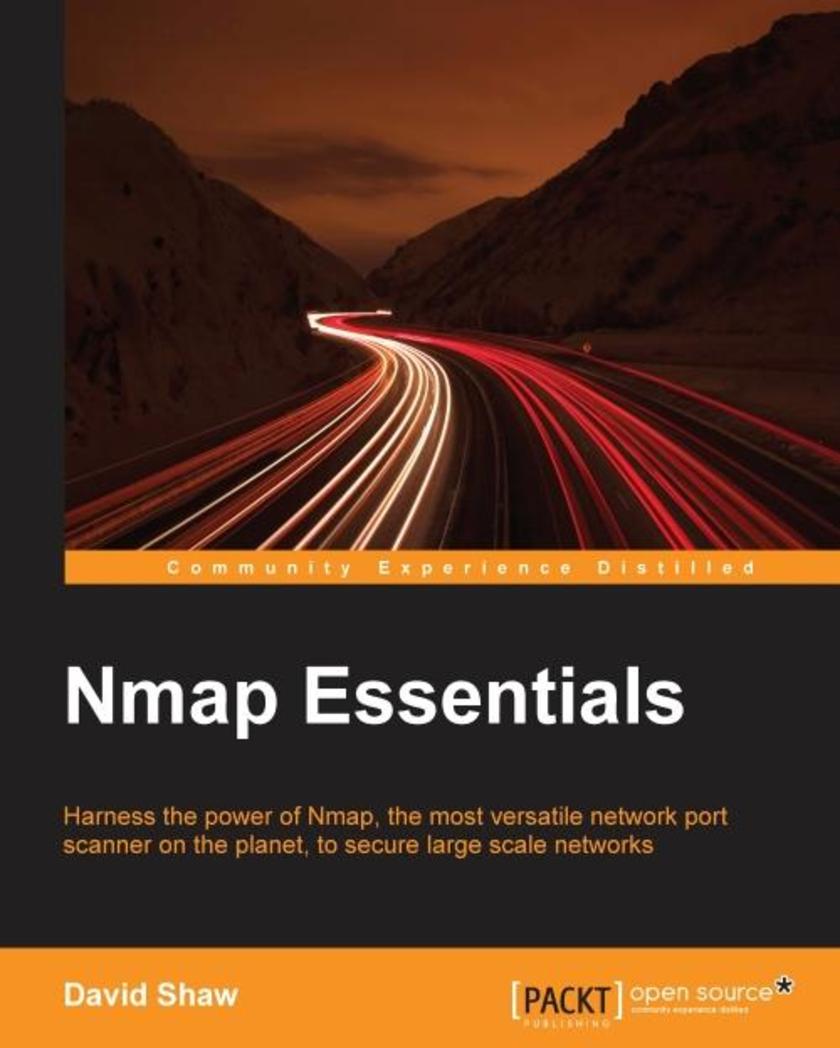
Nmap Essentials
¥45.77
This book is for beginners who wish to start using Nmap, who have experience as a system administrator or of network engineering, and who wish to get started with Nmap.
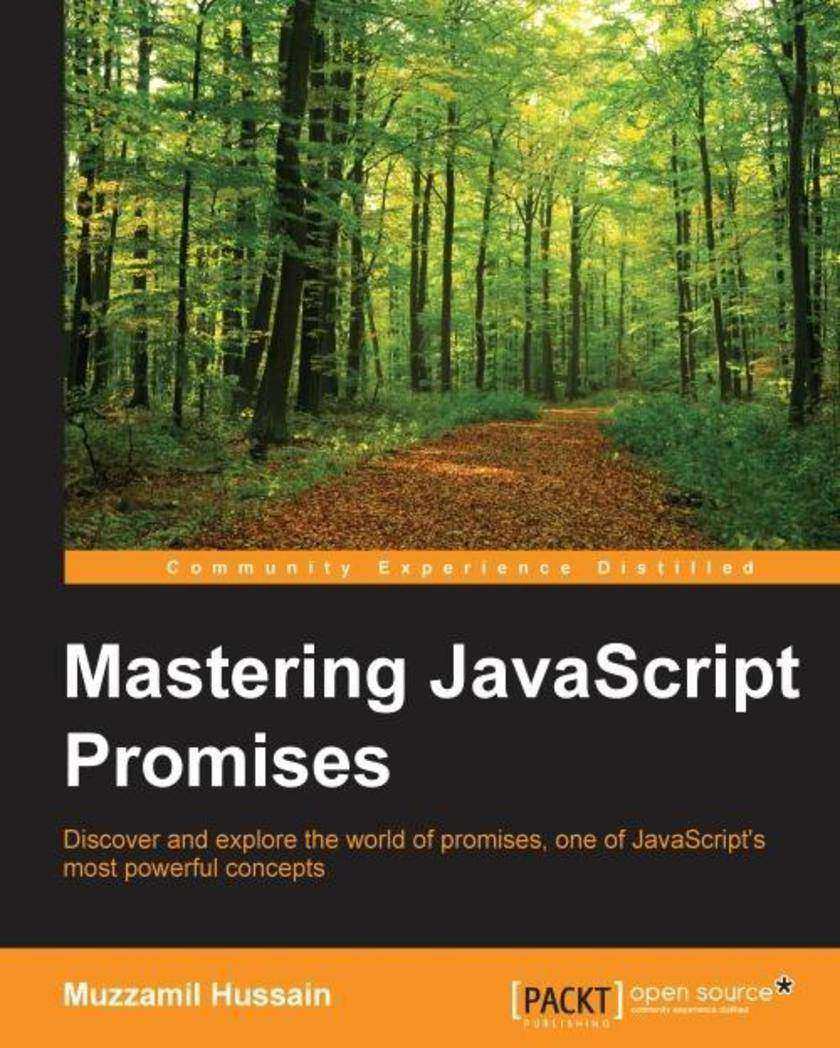
Mastering JavaScript Promises
¥90.46
This book is for all the software and web engineers wanting to apply the promises paradigm to their next project and get the best outcome from it. This book also acts as a reference for the engineers who are already using promises in their projects and want to improve their current knowledge to reach the next level. To get the most benefit from this book, you should know basic programming concepts, have a familiarity with JavaScript, and a good understanding of HTML.
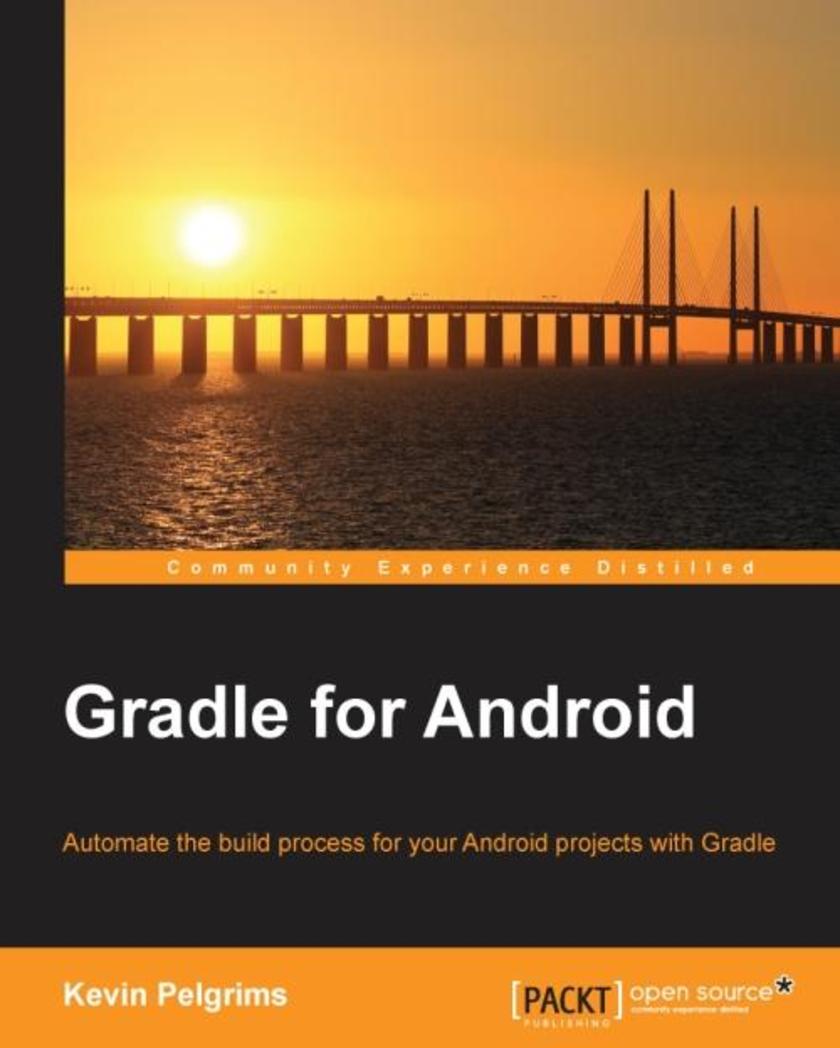
Gradle for Android
¥63.21
If you are an experienced Android developer wanting to enhance your skills with the Gradle Android build system, then this book is for you. As a prerequisite, you will need some knowledge of the concepts of Android application development.
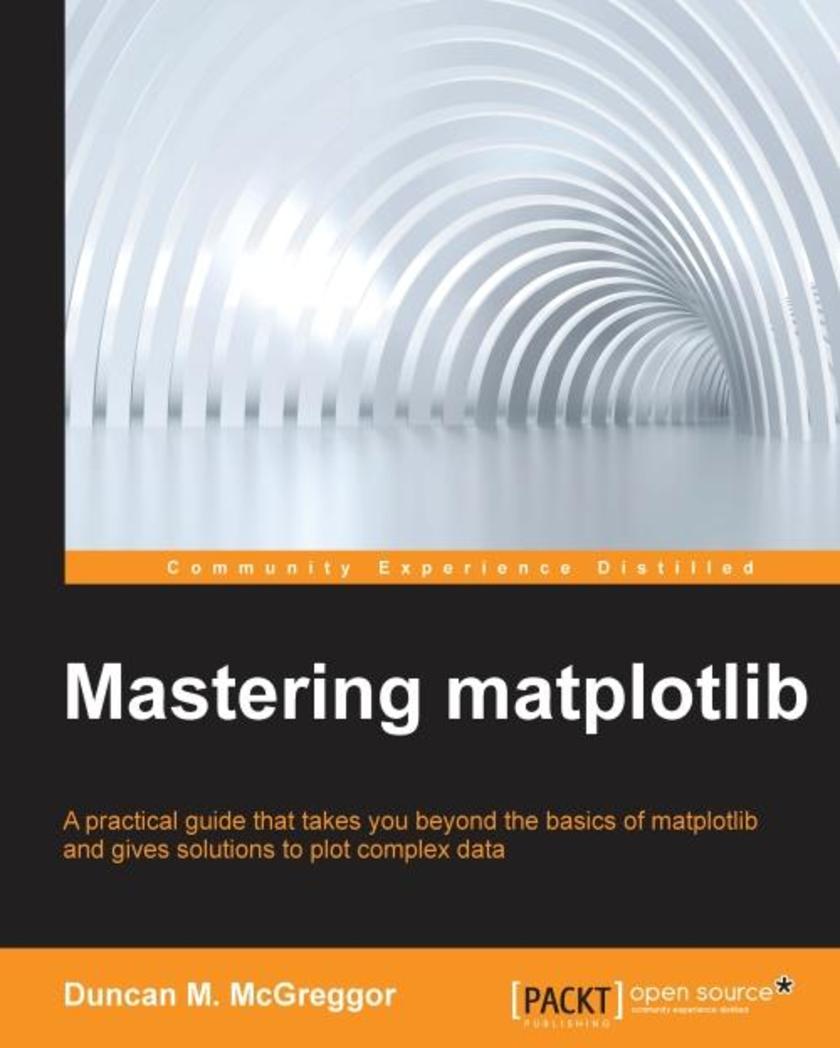
Mastering matplotlib
¥71.93
If you are a scientist, programmer, software engineer, or student who has working knowledge of matplotlib and now want to extend your usage of matplotlib to plot complex graphs and charts and handle large datasets, then this book is for you.
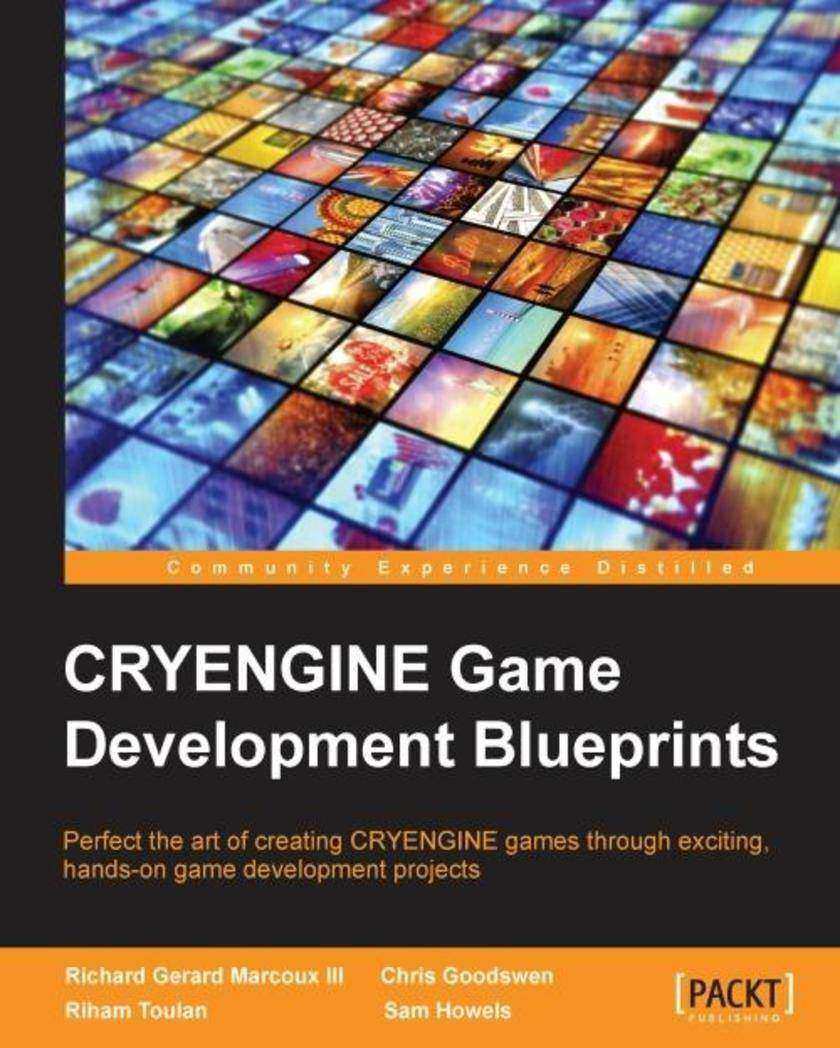
CRYENGINE Game Development Blueprints
¥80.65
This book is intended for CRYENGINE game developers wanting to develop their skills with the help of industry experts. A good knowledge level and understanding of CRYENGINE is assumed.
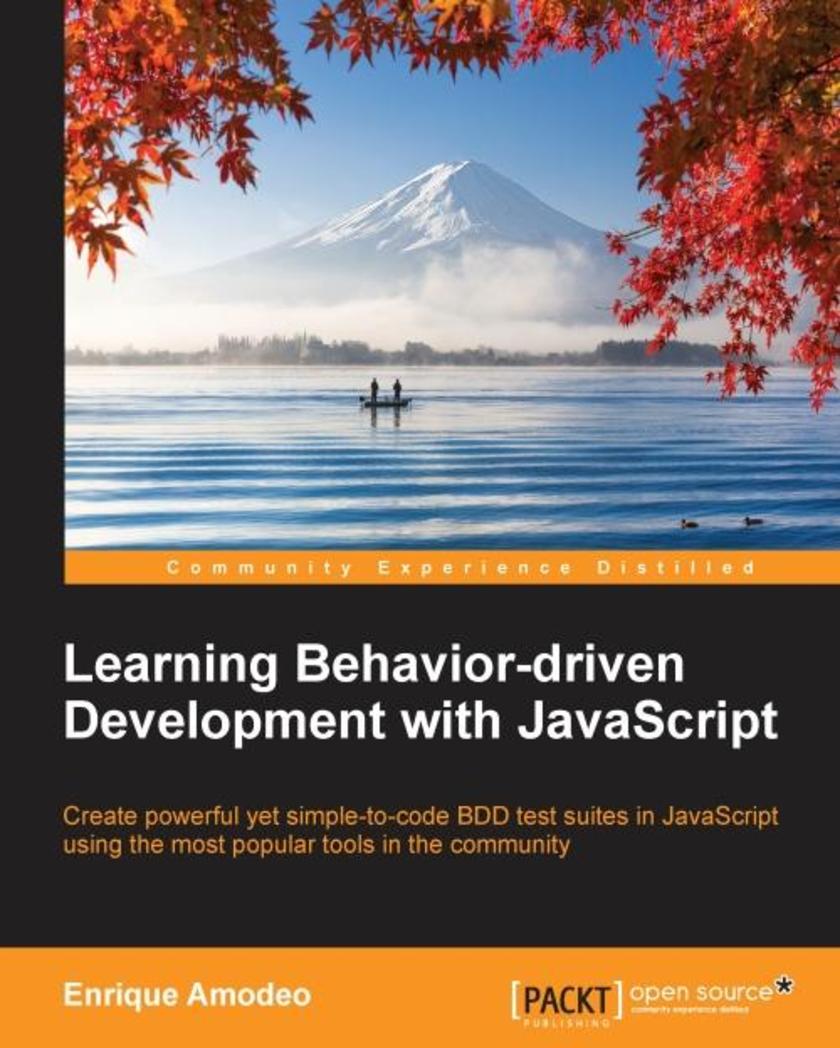
Learning Behavior-driven Development with JavaScript
¥90.46
This book is ideal for any JavaScript developer who is interested in producing well-tested code. If you have no prior experience with testing, Node.js, or any other tool, do not worry, as they will be explained from scratch.
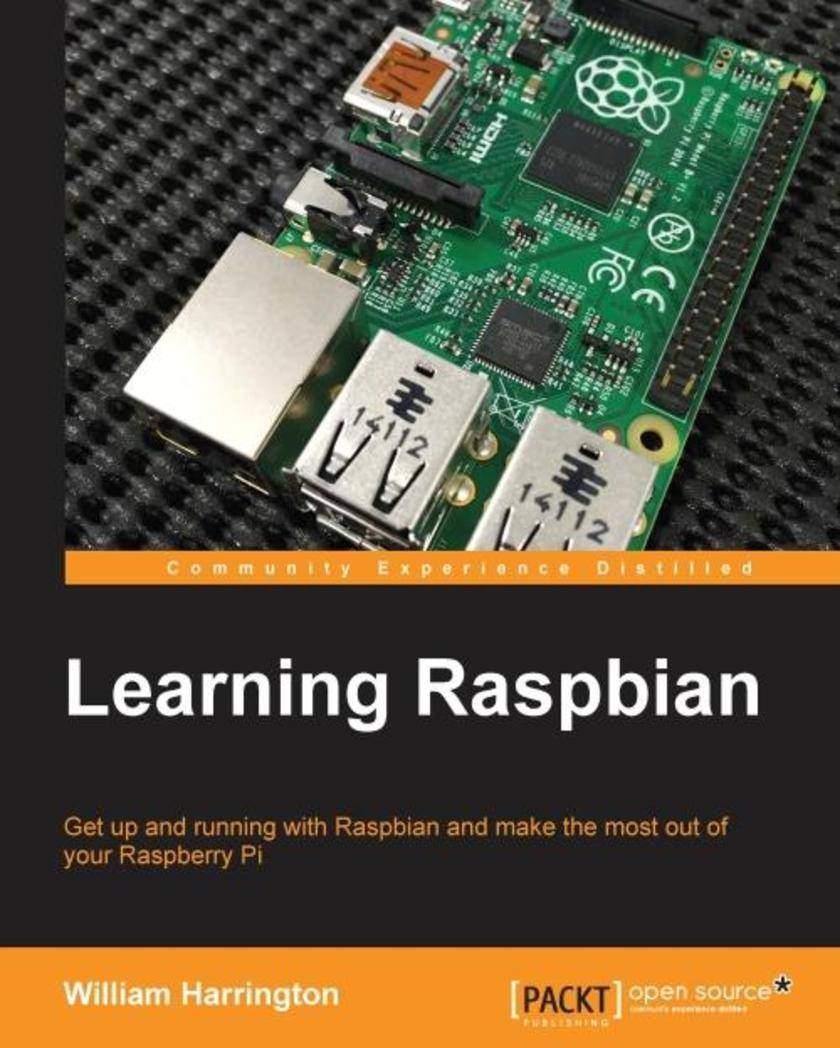
Learning Raspbian
¥45.77
This book is intended for developers who have worked with the Raspberry Pi and who want to learn how to make the most of the Raspbian operating system and their Raspberry Pi. Whether you are a beginner to the Raspberry Pi or a seasoned expert, this book will make you familiar with the Raspbian operating system and teach you how to get your Raspberry Pi up and running.
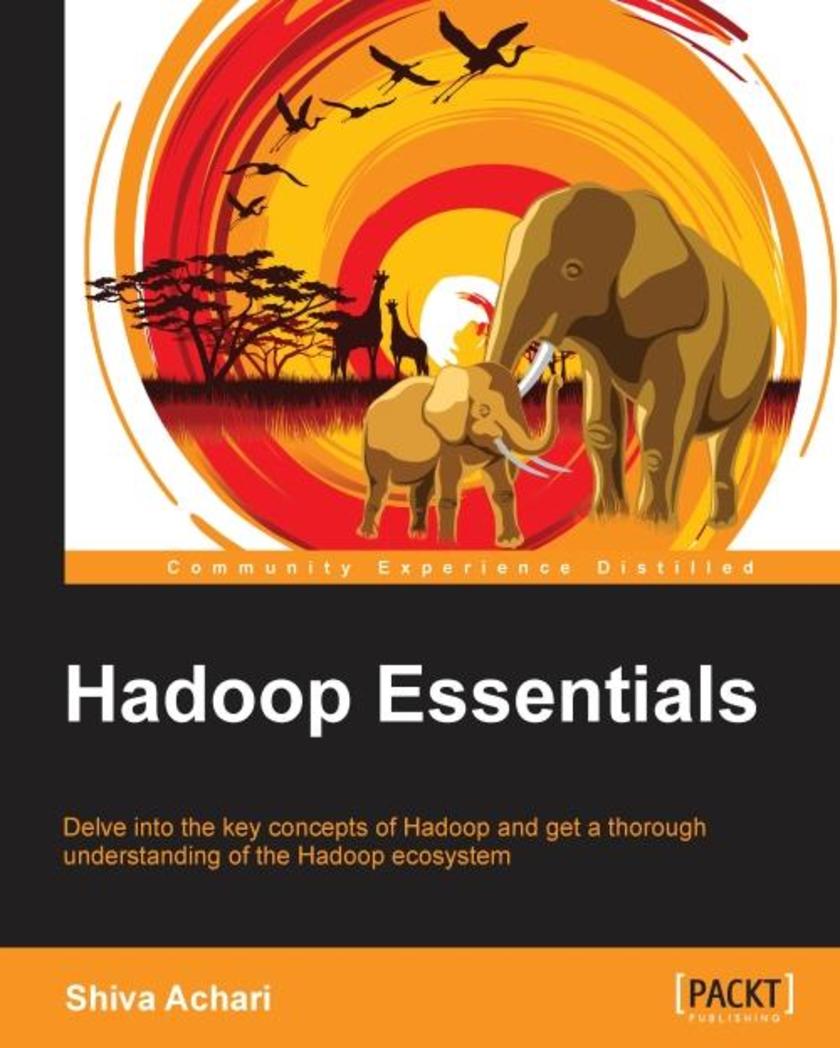
Hadoop Essentials
¥54.49
If you are a system or application developer interested in learning how to solve practical problems using the Hadoop framework, then this book is ideal for you. This book is also meant for Hadoop professionals who want to find solutions to the different challenges they come across in their Hadoop projects.
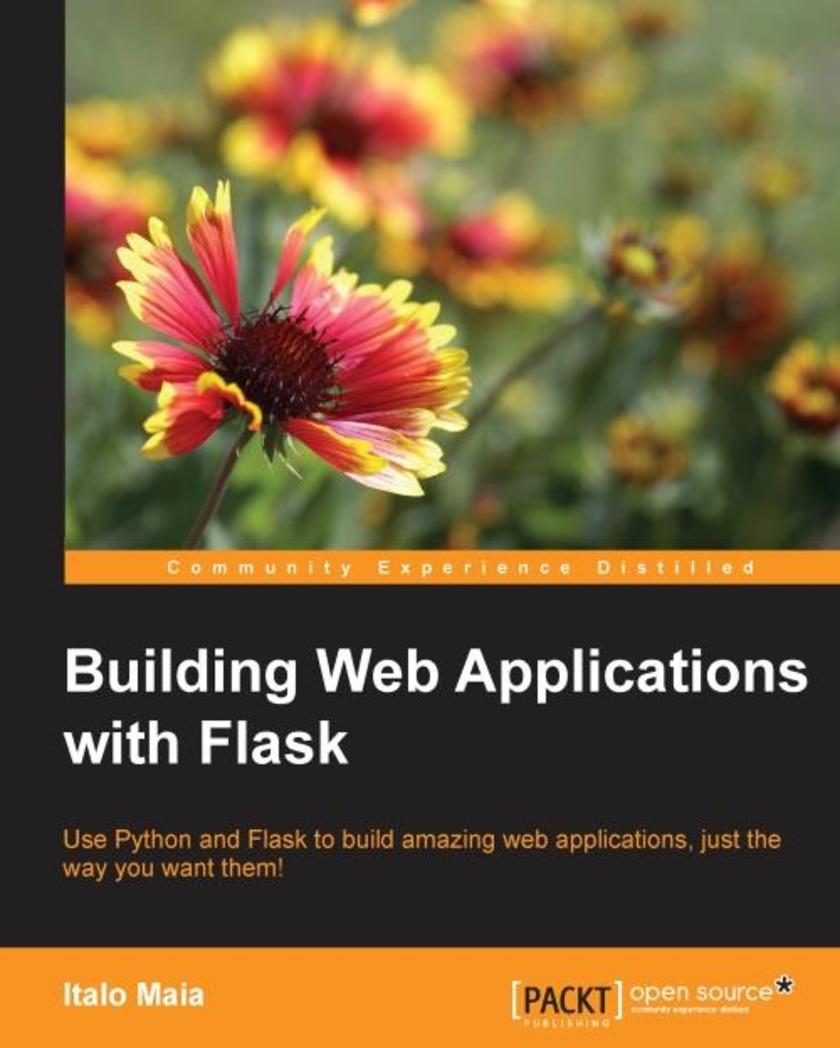
Building Web Applications with Flask
¥63.21
If you are a Python web developer who wants to learn more about developing applications in Flask and scaling them with industry-standard practices, this is the book for you.
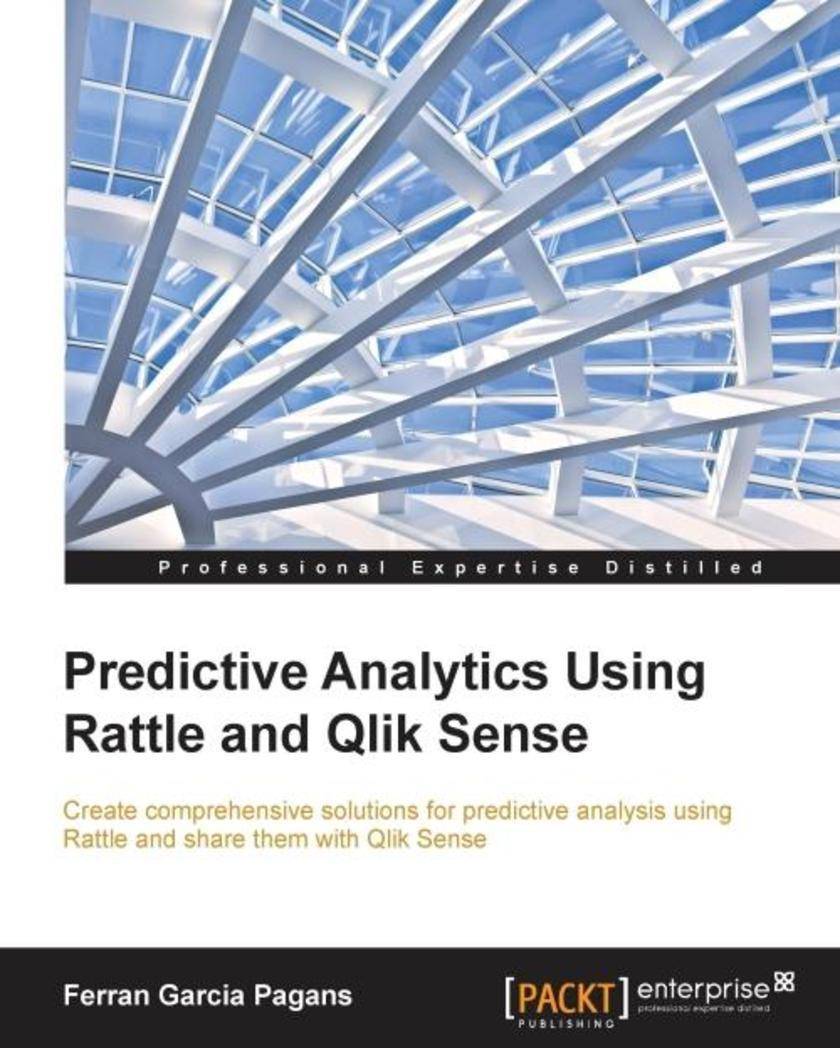
Predictive Analytics Using Rattle and Qlik Sense
¥63.21
If you are a business analyst who wants to understand how to improve your data analysis and how to apply predictive analytics, then this book is ideal for you. This book assumes you have some basic knowledge of statistics and a spreadsheet editor such as Excel, but knowledge of QlikView is not required.
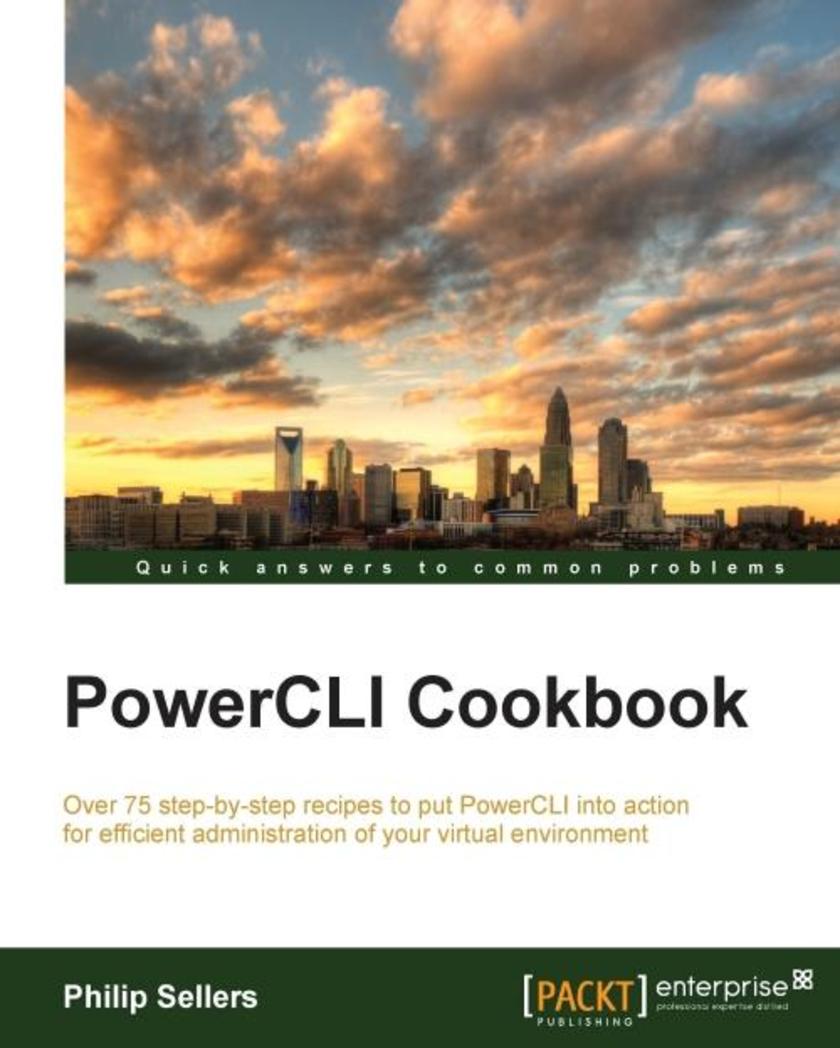
PowerCLI Cookbook
¥90.46
If you are a virtualization professional who wants to unleash the power of automation and combat the complexity of sprawling virtual environments, this book is ideal for you. This book will enhance your skills of administering VMware vSphere and vCloud Director with PowerCLI.
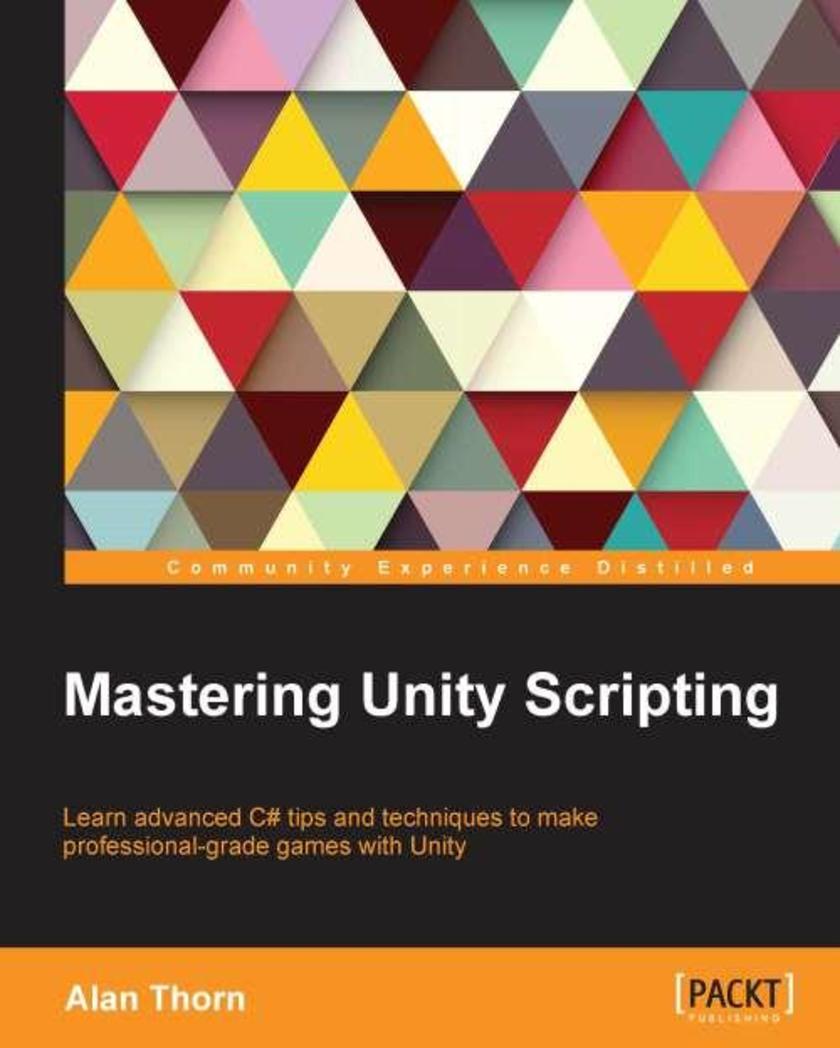
Mastering Unity Scripting
¥90.46
Mastering Unity Scripting is an advanced book intended for students, educators, and professionals familiar with the Unity basics as well as the basics of *ing. Whether you've been using Unity for a short time or are an experienced user, this book has something important and valuable to offer to help you improve your game development workflow.
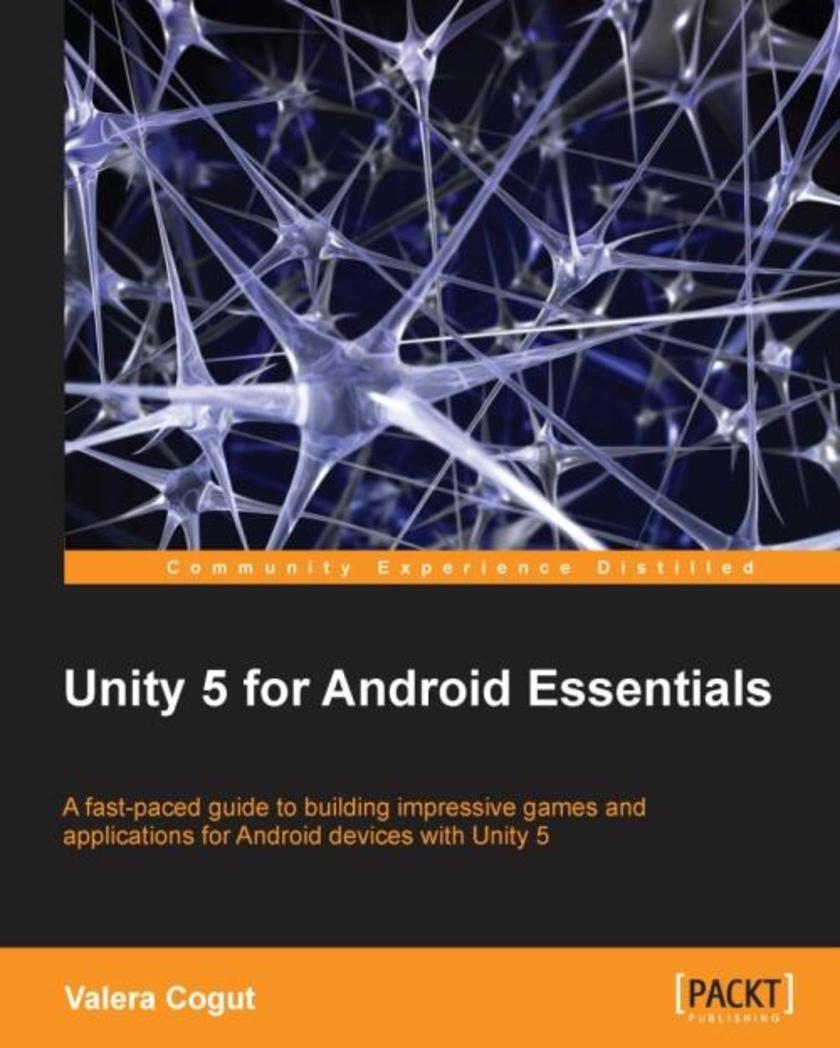
Unity 5 for Android Essentials
¥54.49
This book is perfect for game developers who want to learn how to develop, optimize, and publish games for Android devices in a quick and easy manner using Unity 5. This book assumes a basic knowledge of game design concepts and/or some experience with other game technologies such as Unreal Engine 4, CryEngine, or GameMaker.
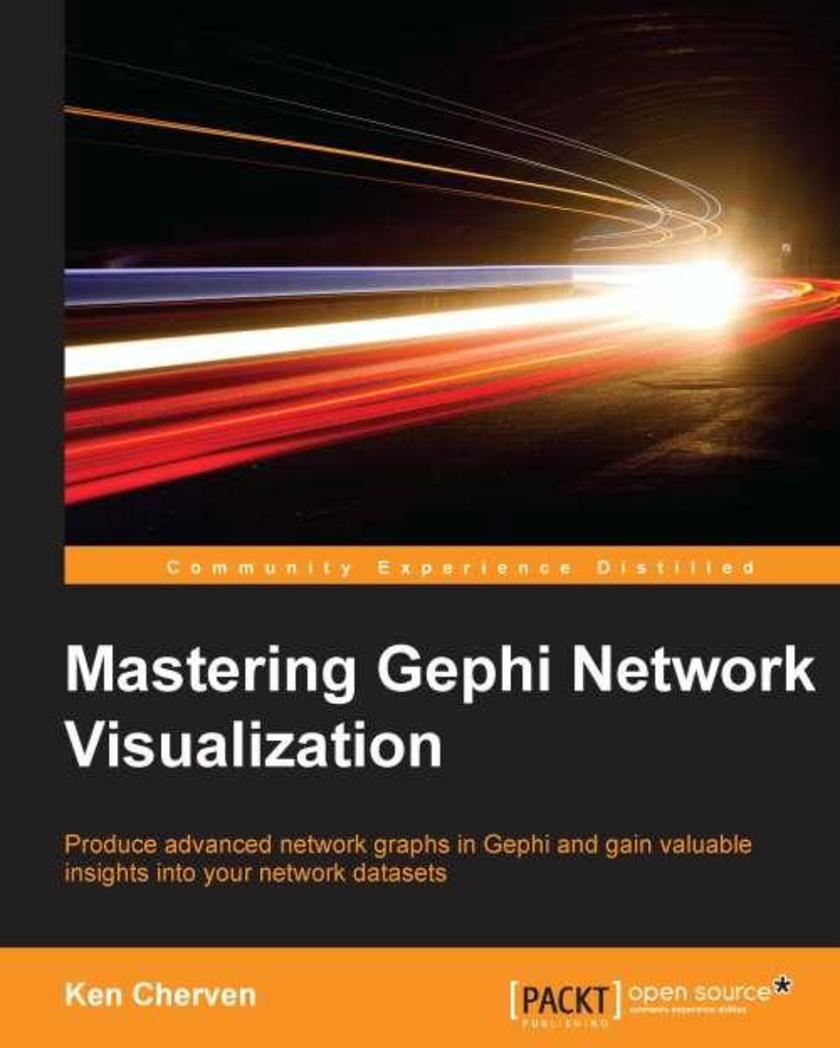
Mastering Gephi Network Visualization
¥80.65
This book is intended for anyone interested in advanced network analysis. If you wish to master the skills of analyzing and presenting network graphs effectively, then this is the book for you. No coding experience is required to use this book, although some familiarity with the Gephi user interface will be helpful.
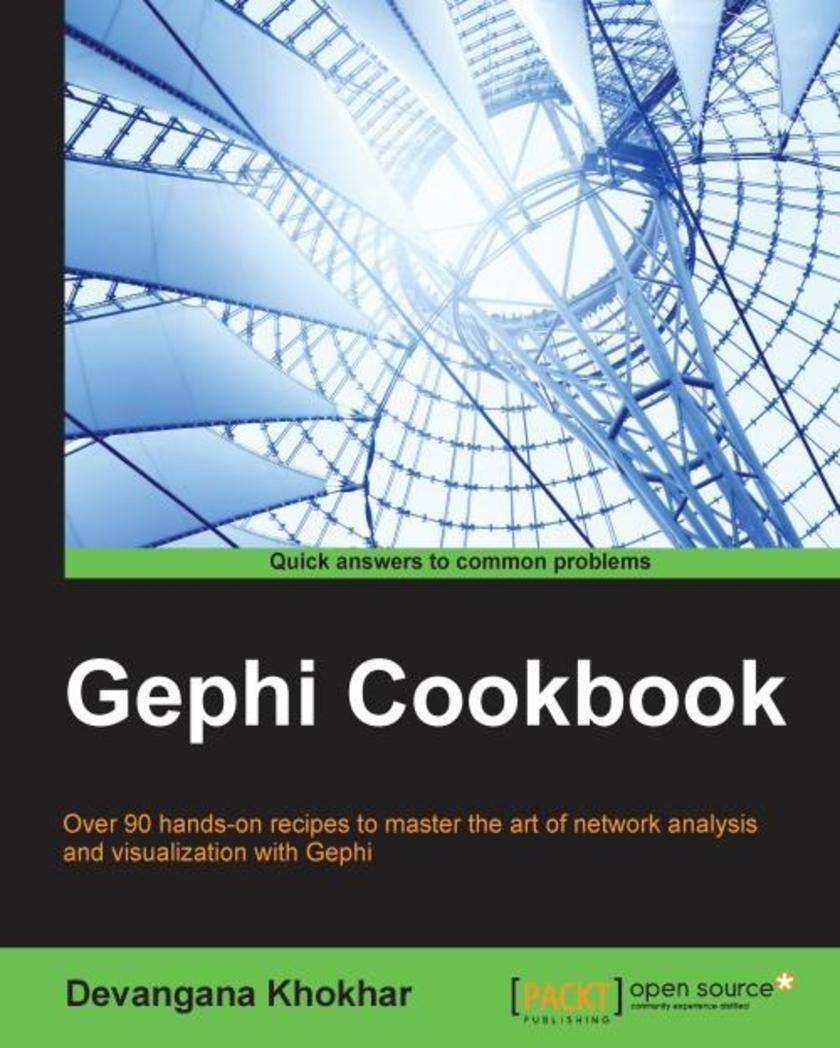
Gephi Cookbook
¥80.65
If you want to learn network analysis and visualization along with graph concepts from scratch, then this book is for you. This is ideal for those of you with little or no understanding of Gephi and this domain, but will also be beneficial for those interested in expanding their knowledge and experience.
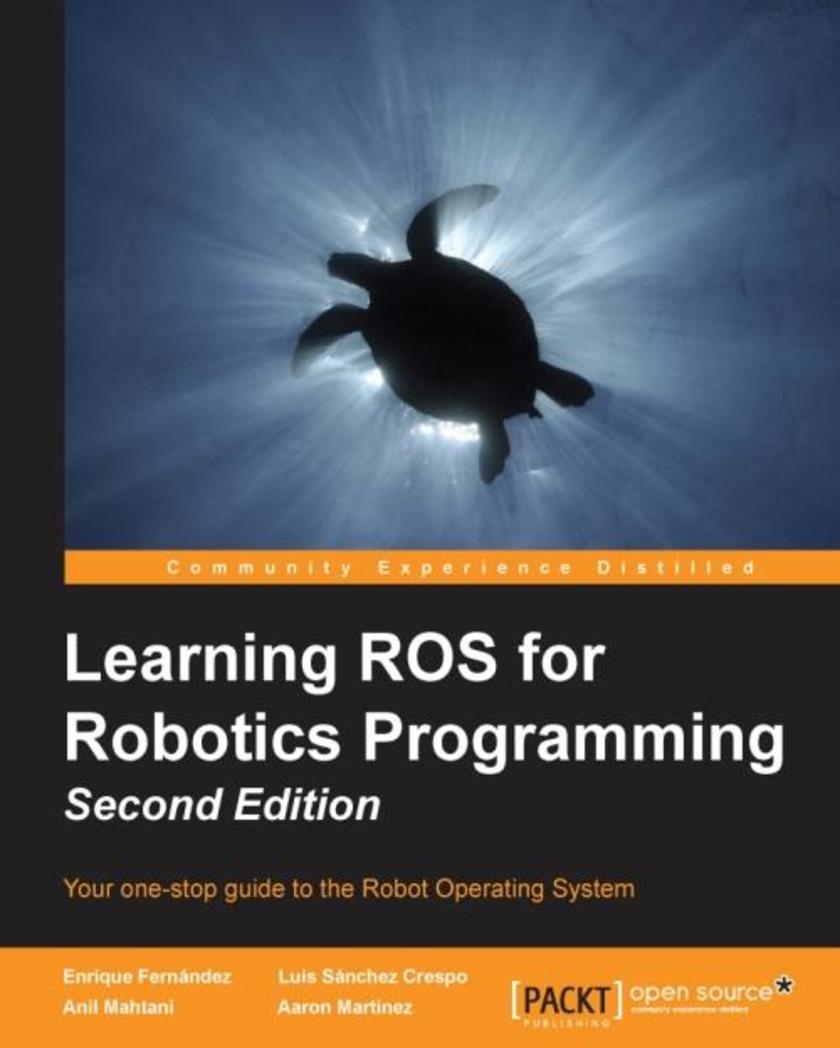
Learning ROS for Robotics Programming - Second Edition
¥99.18
In order to make the most of the book, you should have a C++ programming background, knowledge of GNU/Linux systems, and general skills in computer science. No previous background in ROS is required, as this book takes you from the ground up.




 购物车
购物车 个人中心
个人中心



